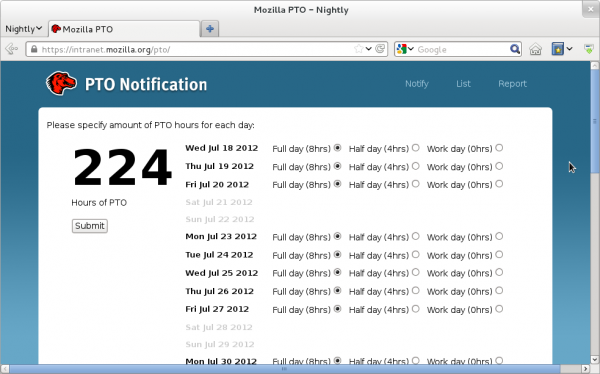I’m in Milford, UT right now after a night in a hotel. It’s been eight days of biking so far at a fairly stiff pace, out of necessity due to the 37-day cap. Nevada (particularly) and Utah are so spread out and empty that most of my days have been 100+ through it, including one 135 mile day (and, perhaps surprisingly, an even worse day yesterday at 118 miles, due to the first real headwind of the trip). And don’t forget there’s no water between towns, and often no houses, even. But this is what’s between the west coast and the east coast, so you make it work. What must be done, can be done. (In my case, using two completely-filled 100oz. water bladders, which yesterday was just enough to get me through the longest waterless stretch on the route at 84 miles. Although I was sucking dry for the last dozen miles of it, which happily coincided with a long downhill stretch where I didn’t miss the water too much.)
I said I’d try to occasionally post here, but I’m finding that for this trip Twitter’s a much better medium both in terms of ease of use and suitability for pictures plus a few words, so look there for future updates. They’re pretty intermittent, tho — cell coverage out here is very sparse, and by all accounts T-Mobile is the worst provider in the world to have out here (rookie error on my part), so I tend to save up drafts and post them all at once when I do find coverage.
Anyway, back to riding now. Onward through Utah to the Continental Divide, and to the Great Plains beyond!

